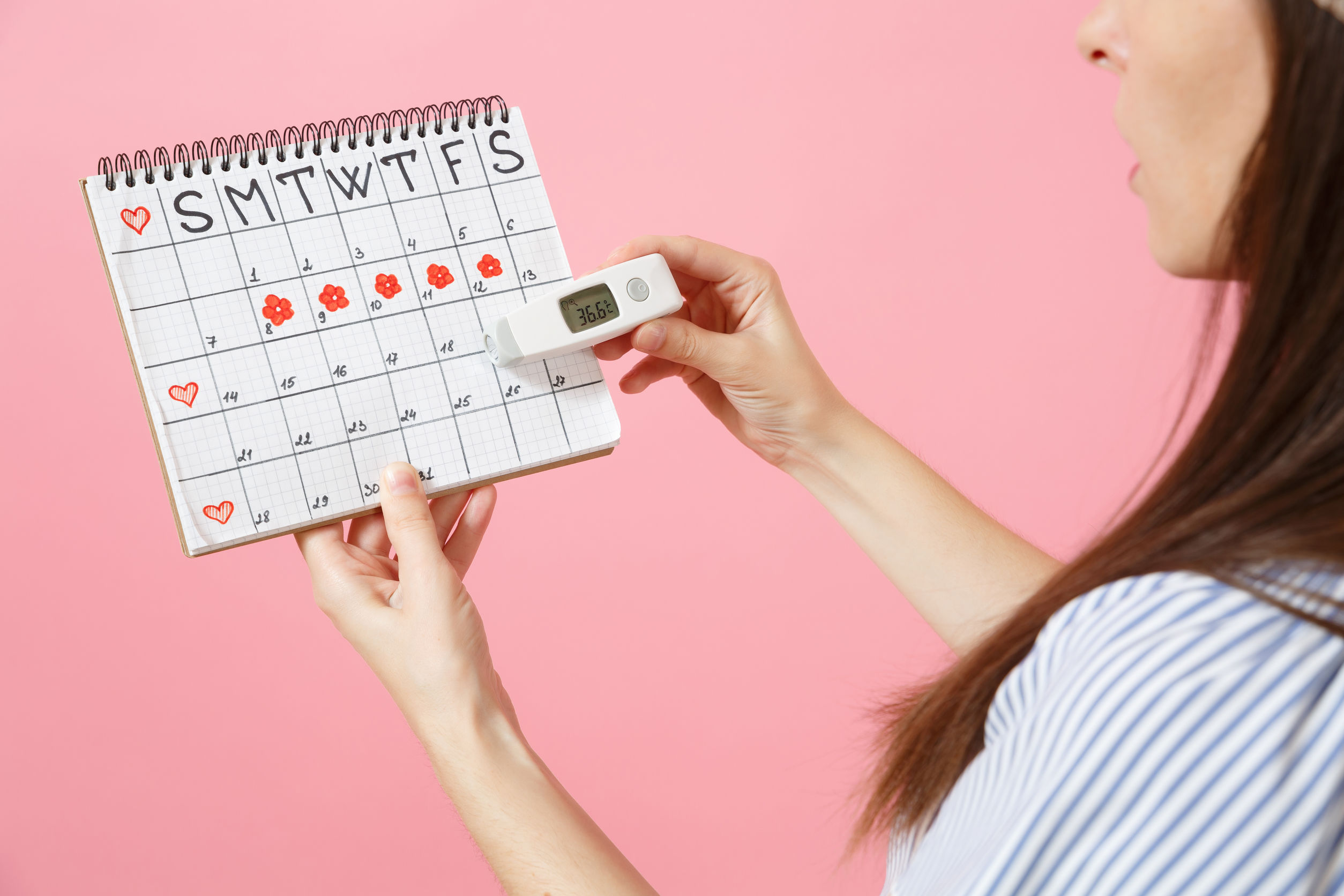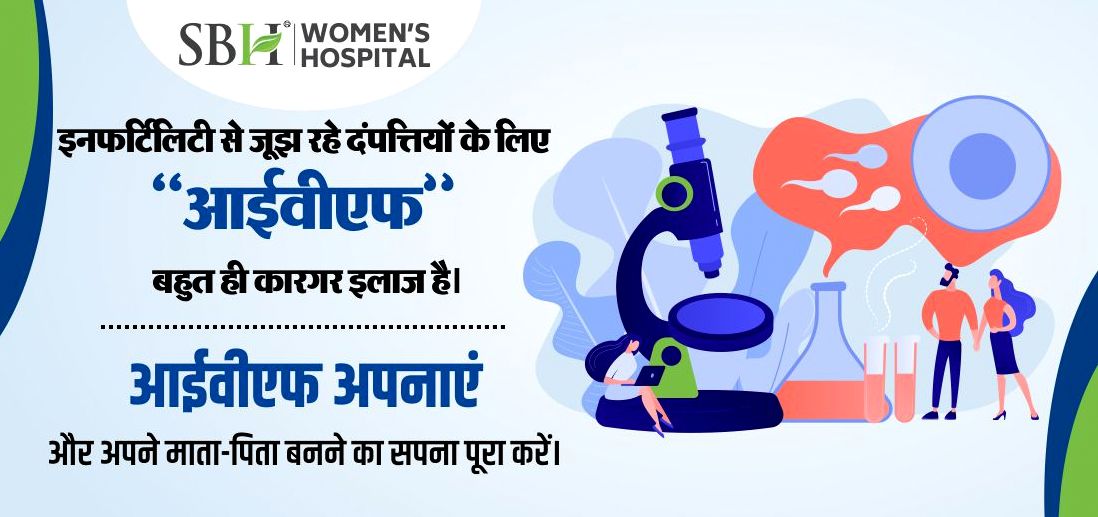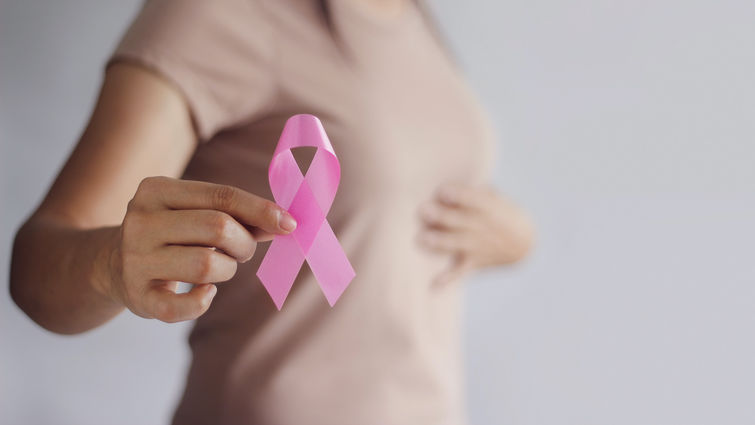Managing Menstruation
Amounting to nearly 40 years of her life, a woman normally experiences a natural phenomenon called the menstrual cycle. Menses is the regular loss of blood and tissue from normal sloughing of the inner lining of the uterus (menstruation) occurring every 26 to 35 days (more or less monthly) in every normal non-pregnant woman prior to menopause is normal.
Each monthly cycle can be categorized into the following:
- Follicular Phase - when an egg develops.
- Ovulation Phase - moment of egg release at the mid-month.
- Luteal Phase – when the uterine lining prepares itself to greet a fertilized egg. And when the egg is not fertilized, the uterine lining is shed, letting a woman enter into her menstrual period.
Following this, the entire sequence of events is repeated.
While a vast majority of women do not face hitches during the first half of their menses, but post the release of the egg, there may be some problems associated, such as pelvic pain. Besides, during the second half of the cycle, a woman may suffer from premenstrual syndrome (PMS) and also, she may experience menstrual cramps at the onset of her menstrual flow.
As approximately 70%-90% of women suffer from premenstrual syndrome, which includes nervousness, irritability, cramps, bloating, and headaches, a particularly severe condition, called as premenstrual dysphoric disorder (PMDD), is even more upsetting than PMS.
A woman's menstrual cycle is governed by hormones. The production of these hormones is contingent on the general well-being of the woman. The loss of too much body weight can lead to the cessation of menstruation. There are numerous anomalies marked either by absence of periods or by periods that are prolonged, heavy, irregular, or painful.
Ironically, there is a medical condition in which affected women benefit from menstruation. The condition is called as hemochromatosis, which is characterized by too much iron in the blood. Menstruating women with hemochromatosis can shed off enough blood during their menses that they may not need further treatment to eliminate the excess iron.
Manage your periods by periodic visits to your doctor.





